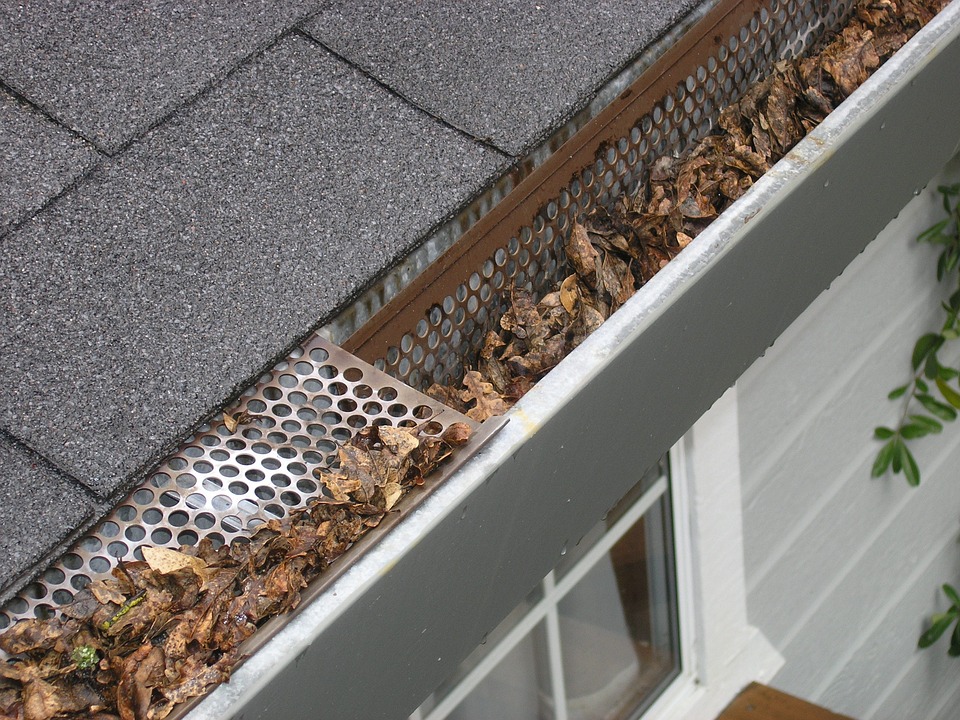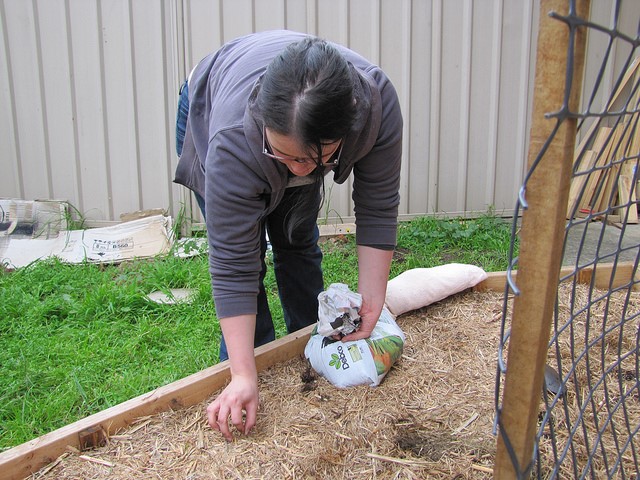Winter Gutter Maintenance: Everything You Should Know
Winter gutter maintenance is an important part of house ownership and should be done annually to ensure that the gutters are functioning properly. Before the start of the fall season is the best time to evaluate the functionality of the roof gutters and make the necessary changes. Here are essential tips everyone should know on winter gutter maintenance practices.
Cleaning Out Any Clogs
Clogs can cause a variety of problems, including water back up and overflow, which can result in water damage to a home’s exterior and foundation. Clogs can also result in ice dams forming in the gutters, which can cause gutters to pull away from the house. Additionally, clogs can prevent water from running away from home, leading to standing water and pooling. This could then lead to various problems, including insect infestations and foundation damage. Removal of clogs ensures the channels are functioning correctly, and this can be done by practicing gutter cleaning on a regular basis.
Removing Debris From Gutters and Downspouts.
This is especially important in winter when large amounts of debris can accumulate due to falling leaves, snow, and ice. Removing the debris will help prevent water from collecting in the gutters, which can lead to ice dams, causing water to back up and eventually leak into the home.
Debris can also cause blockages, preventing the water from draining correctly. Leaves and other debris can also provide food and nesting material for pests and rodents, which can cause further damage to the home. Regularly cleaning out the gutters and downspouts can adequately drain water away from the roof and home, preventing damage from water and pests.
Checking For Structural Damage.
Inspect the gutters for any signs of damage, such as warping, cracking, or rusting. The gutters should be repaired as soon as possible if any damage is found. Checking for structural damage is essential to winter gutter maintenance because it can help prevent costly repairs or replacements down the line caused by frozen water build-up or heavy snow accumulation.
Regularly inspecting the gutters for cracks, rust, or other damage signs can help identify and address problems before they worsen. Additionally, when a channel is not correctly attached to the roof, rain, snow, and ice can accumulate on the top and create a greater risk for damage. By regularly inspecting the gutters for structural damage, homeowners can help to ensure that their roofs and gutters remain in good condition throughout the winter season.
Checking For Leaks.
Inspecting gutters to check leaks is an essential part of winter gutter maintenance as it helps to ensure that the drains are functioning correctly and are not allowing water to enter your home. Various things, such as clogged gutter, damaged gutters, or a malfunctioning gutter system, can cause leaks. If water is allowed to enter a home, it can cause significant damage, including rotting wood, mold, and even flooding. By checking for leaks regularly, homeowners can prevent these issues from occurring and keep their home safe and sound.
Repairing or Replacing Any Missing or Loose Parts.
Ensuring that any missing or loose parts are replaced or repaired is essential for winter gutter maintenance. When temperatures drop and precipitation increases, the additional weight of snow and ice can cause gutters to sag and even break if not properly secured. Loose parts can also lead to water leakage, which can cause damage to the fascia, soffit, and other parts of the home’s exterior.
Additionally, loose gutters can lead to ice dams forming on the roof, which can cause water to back up and seep into the home’s interior. Fixing any missing or loose parts can help ensure that the gutter system can adequately drain rainwater and snowmelt away from the house, protecting its exterior and interior from water damage.
Application of Sealant
Applying sealant to gutters during winter is an integral part of gutter maintenance. This is because the bond helps to prevent moisture, debris, and other materials from entering and clogging the gutters. This can be especially important during the winter when snow, ice, and other materials can build up in the trenches and cause clogging and damage to the system.
The sealant will help to protect the gutters from these elements, ensuring that the channels function correctly and that water is properly drained away from home. Sealants can also help prevent corrosion and rust from forming, further protecting the gutter system from damage.
Insulating The Gutters
Applying insulators to gutters is an essential part of winter gutter maintenance. Insulating the channels prevents ice and snow from collecting in the trenches, reducing the risk of ice dams, which can cause water to back up into your roof and attic. This can severely damage your roof, attic, and walls. Insulating the gutters also helps to reduce heat loss in your home, helping to keep your energy bills low. In addition, it can prevent leaves, dirt, and other debris from getting trapped in the gutters, reducing the necessary maintenance.
Checking For Pests
Pests like rodents, birds, and insects can easily make their way into gutters, where they can build nests and cause damage. Additionally, problems can spread diseases and contaminate water sources. If any pests are present in the channels, it is vital to have them removed as soon as possible to ensure the health and safety of the occupants of the building. Furthermore, pests can damage the gutters and downspouts, leading to costly repairs. It is essential to check channels for problems to keep them in working order and prevent any potential damage.
Winter gutter maintenance is essential for preventing water damage, protecting against pests, and preserving the longevity of the gutters. Cold weather can cause ice damming in the channels, which can cause water to back up and overflow, causing water to collect near the foundation and potentially damaging the home.
Regularly cleaning and inspecting the gutters helps to ensure that the channels are free of debris and functioning properly. Doing so can help to prevent costly repairs in the future, as well as help to protect the home from water damage and pest infestations.




